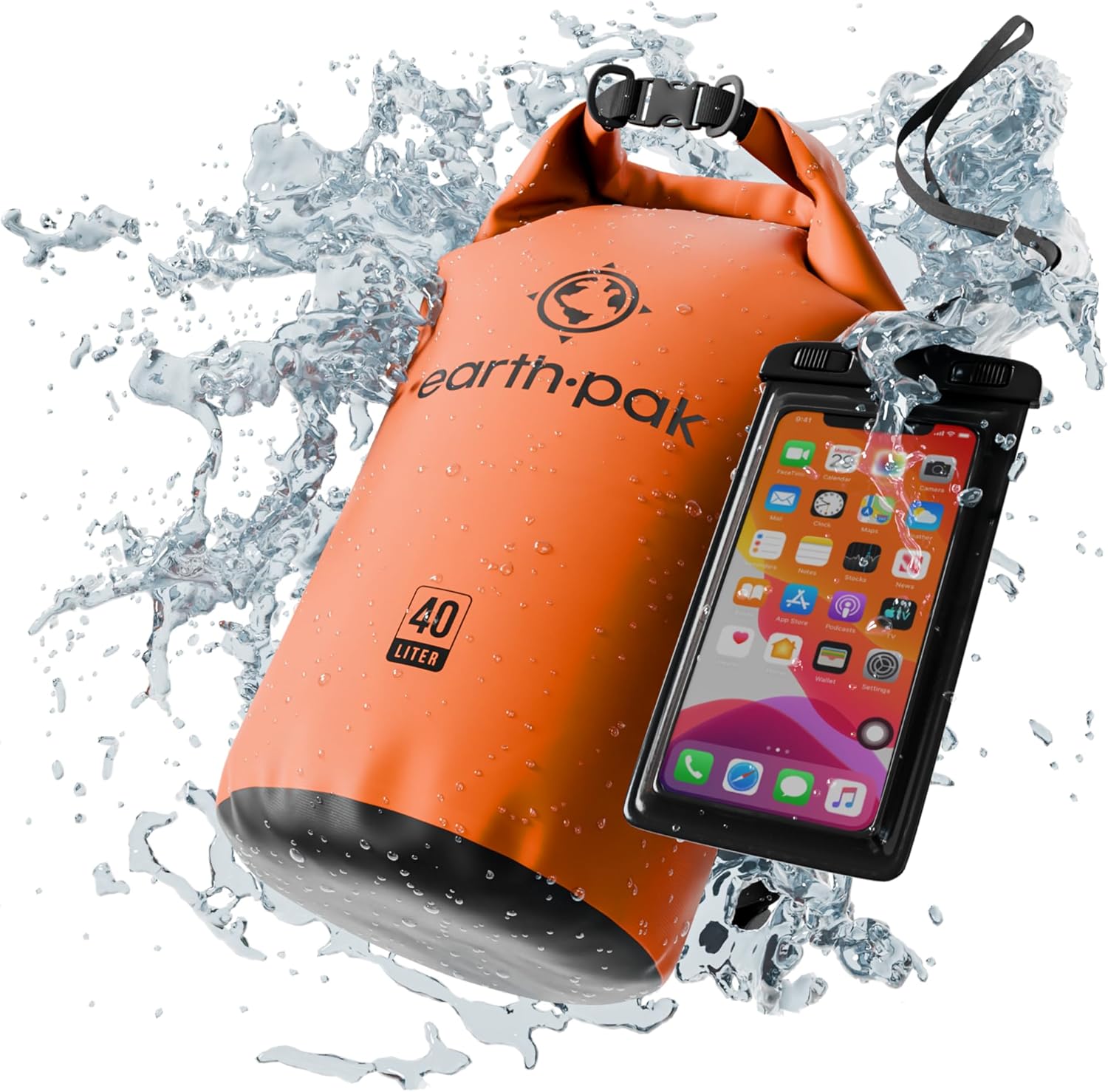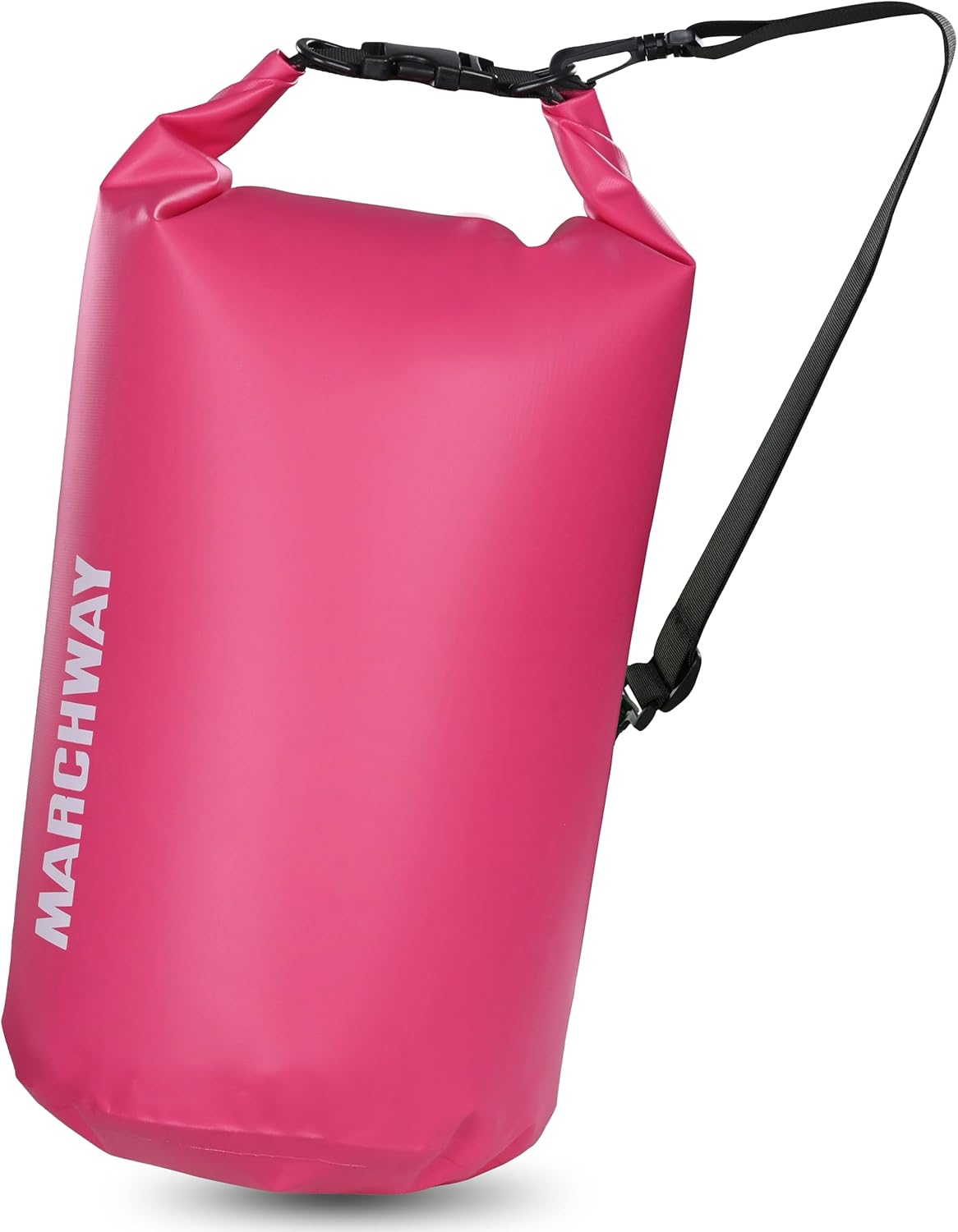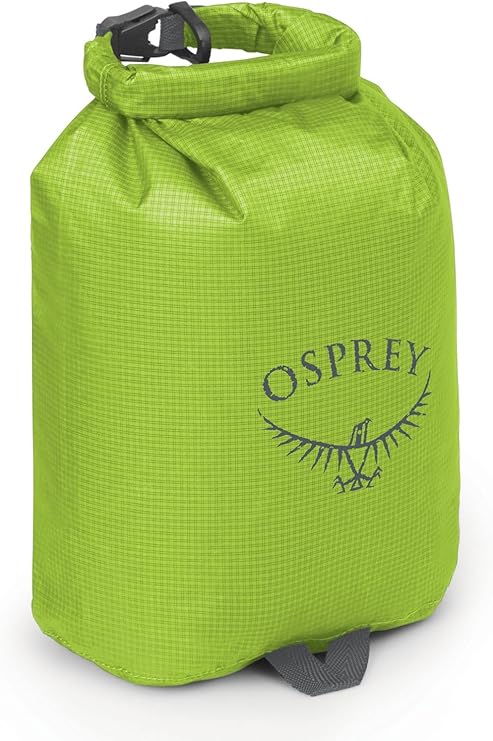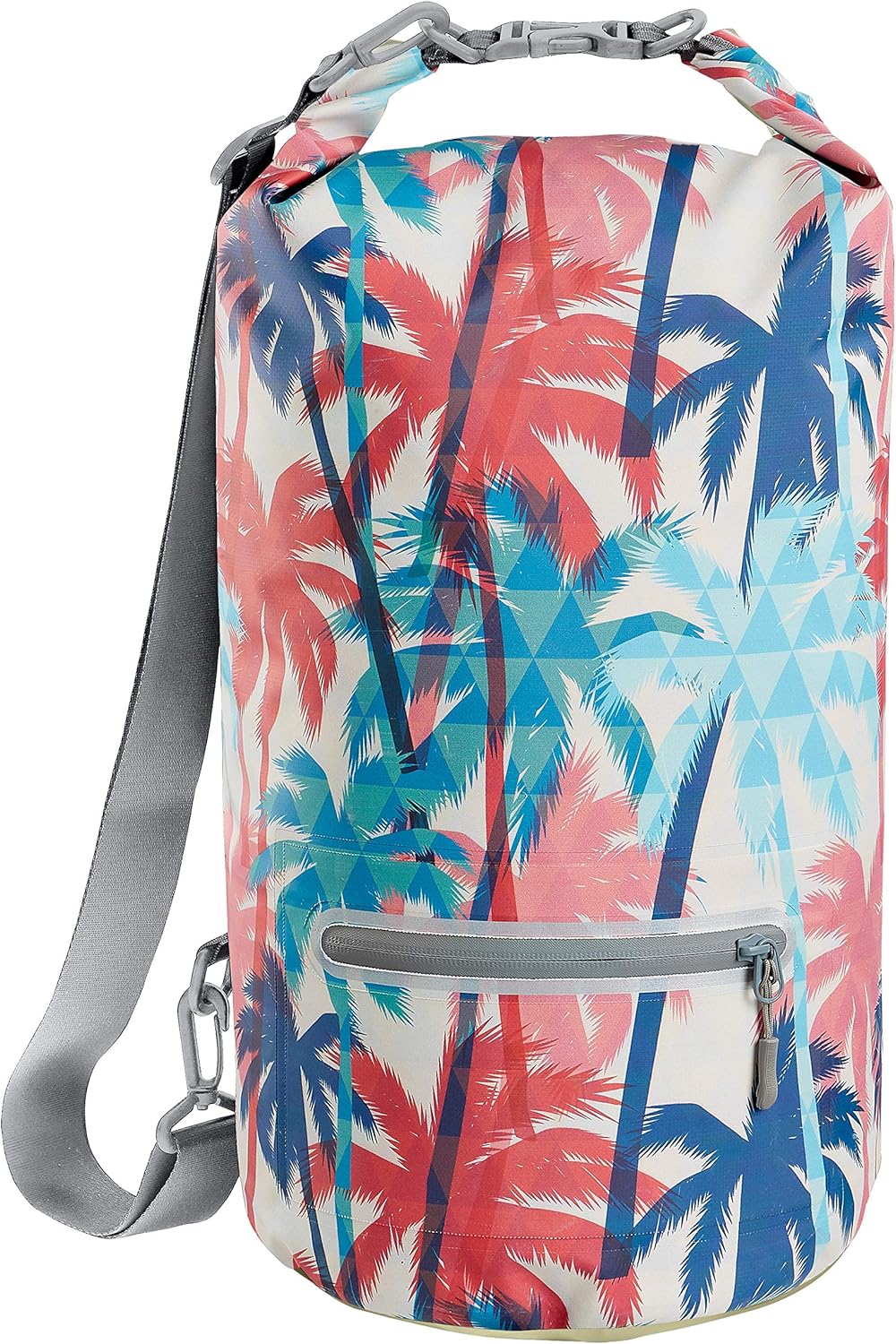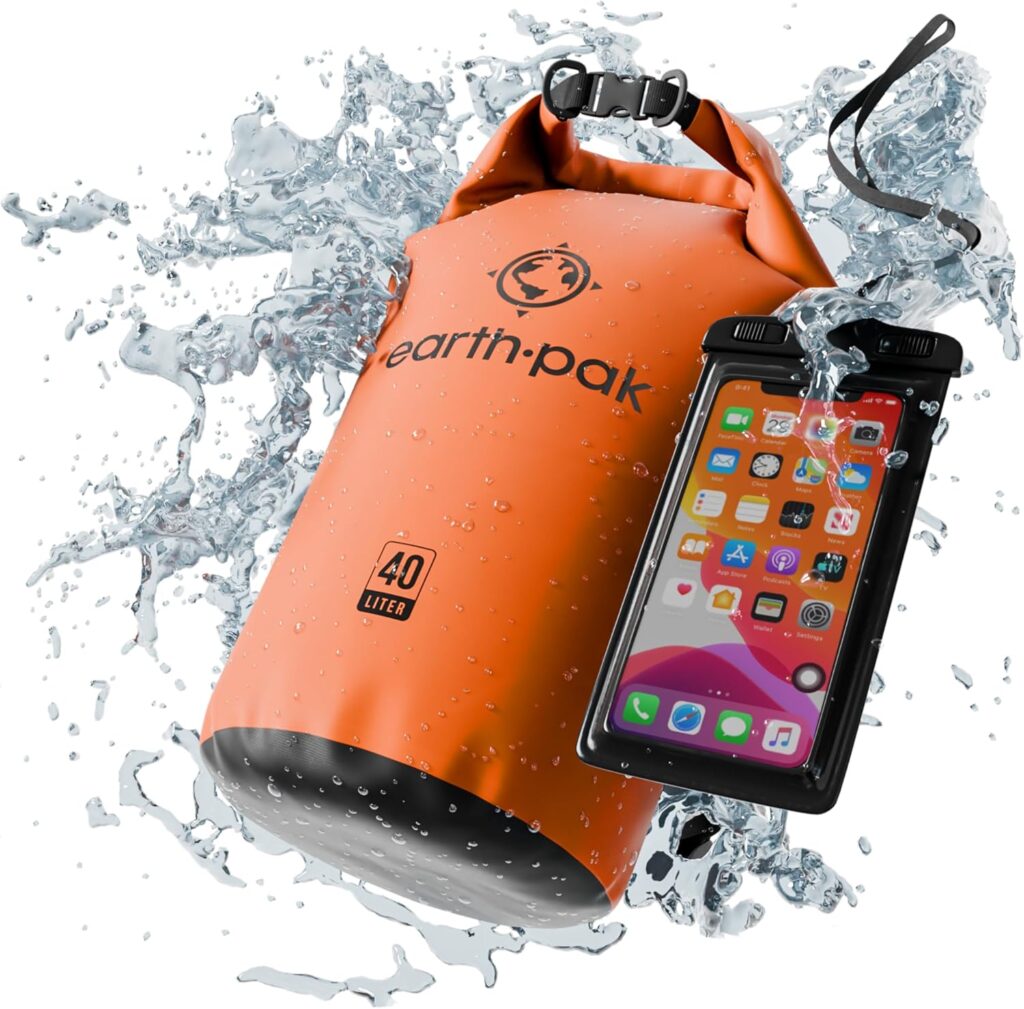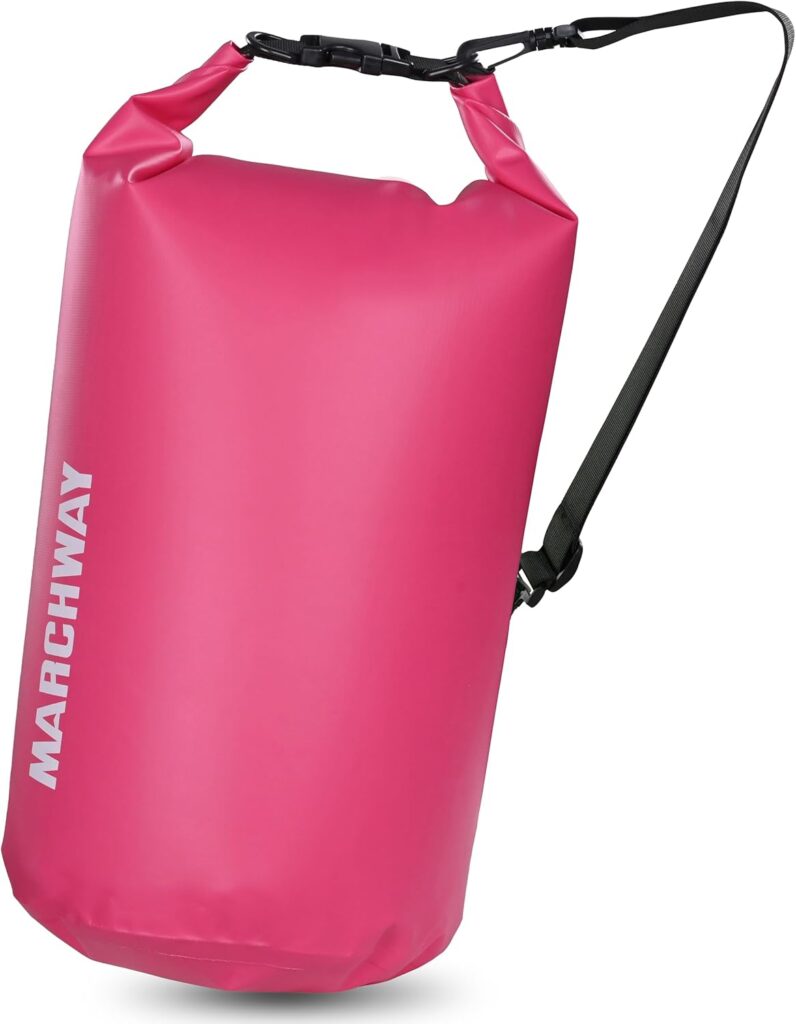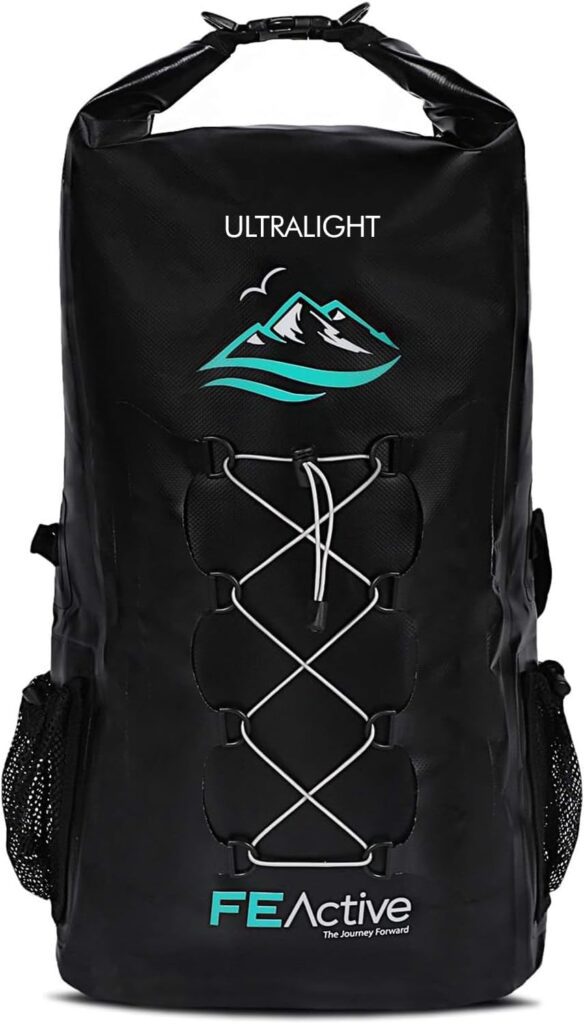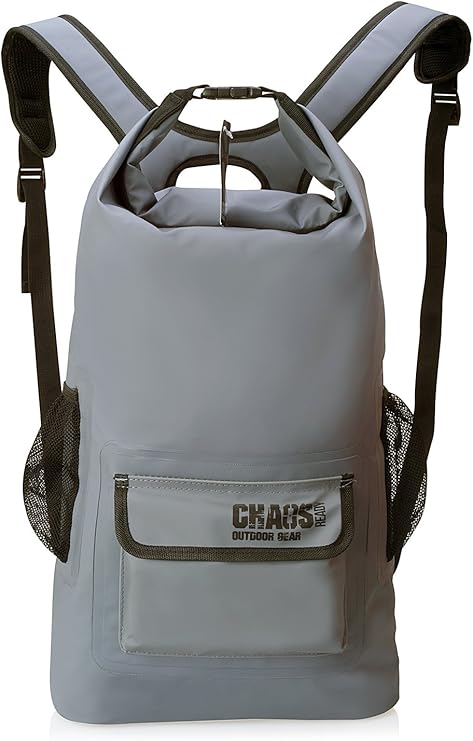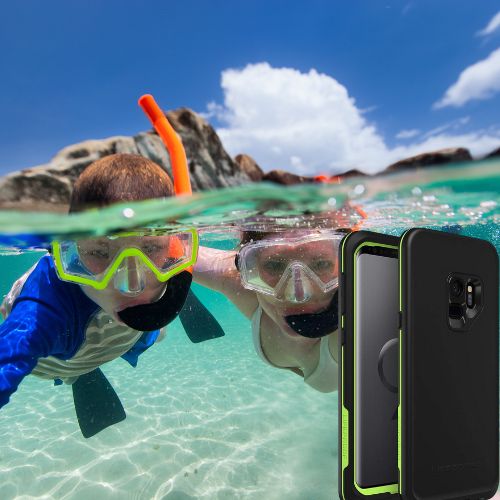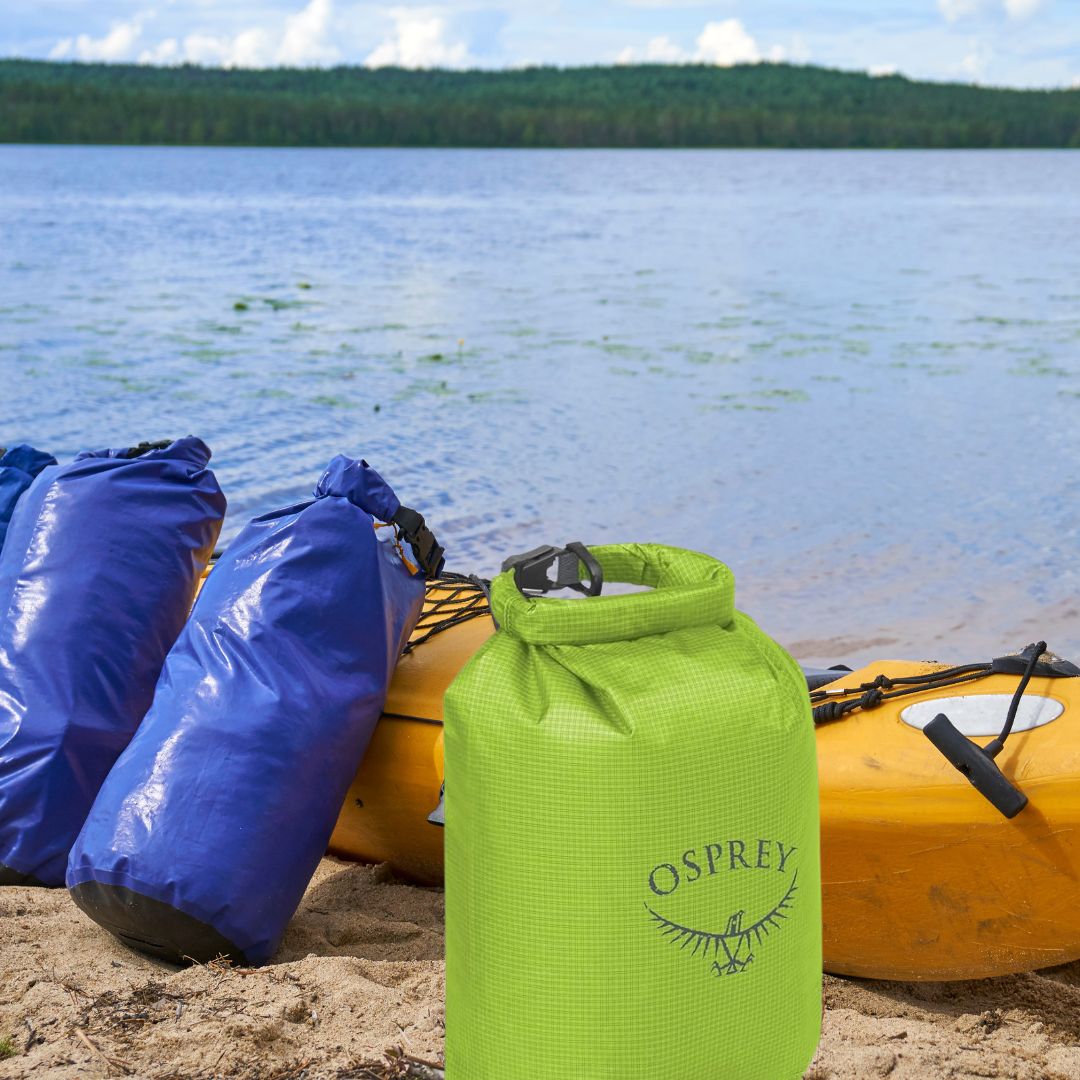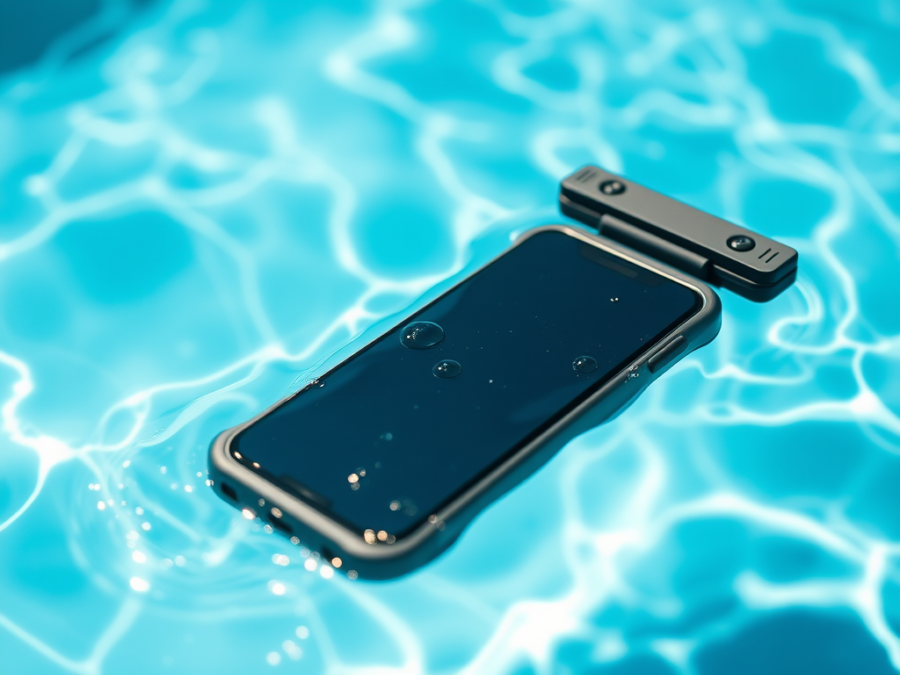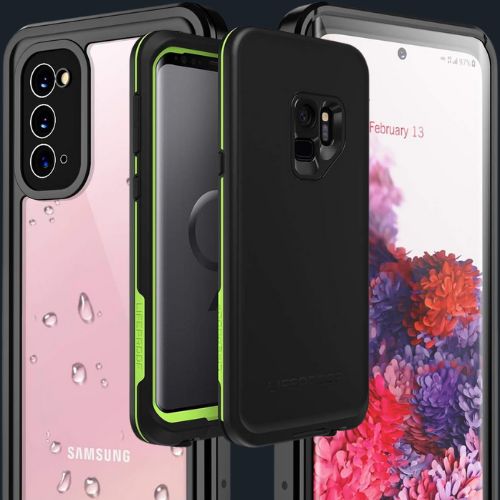Dry Bag Vs Waterproof Backpack: What’s The Difference
You know, there are a lot of tough decisions in life – like whether to get out of bed when your alarm goes off or hit snooze… five more times. But today, we’re tackling one that outdoor adventurer face all the time: dry bag vs waterproof backpack: what’s the difference?
Yes, the struggle is real. Do you want a super-waterproof, stuff-everything-in-and-hope-you-can-find-it-later dry bag? Or a slightly-less-waterproof-but-more-organized backpack? Decisions, decisions.
The good news is, whether you’re paddling through rapids, hiking through rainforests, or just trying not to drown your phone at the beach, we’ve got you covered (literally). Let’s dive into the nitty-gritty of dry bags and waterproof backpacks.
Dry Bag Vs Waterproof Backpack: What’s The Difference
We’ll get to the product recommendations later, but first, let’s clarify dry bag vs waterproof backpack: what’s the difference. Choosing between a dry bag and a waterproof backpack isn’t just about water protection; it’s also about comfort, convenience, and how much you want to dig through your stuff when you’re trying to find your sunscreen.
Here’s dry bag vs waterproof backpack: what’s the difference breakdown without making your eyes glaze over.
| Feature | Dry Bag | Waterproof Backpack |
| Design | Cylindrical, minimalist, and basically one big sack | Traditional backpack with compartments and pockets |
| Waterproofing Level | 100% waterproof, even if submerged | Water-resistant, rainproof, but not for full submersion |
| Comfort & Portability | Simple straps or handles, not great for long treks | Padded straps, back support, better for extended wear |
| Organization | One big compartment – good luck! | Multiple compartments for better access to your stuff |
| Durability | Built for rough environments and tough conditions | Durable but zippers and seams can wear out over time |
| Use Case | Best for water sports (kayaking, rafting, paddleboarding) | Ideal for hiking, biking, or mixed land/water activities |
Now that we’ve cleared that up, let’s dig a little deeper into what these dry bag vs waterproof backpack: what’s the difference actually mean in practice.
|
|
|
|
1. Design: Simplicity vs Functionality
- Dry Bag: Imagine packing all your gear into a plastic bag (a very tough, waterproof plastic bag) and calling it a day. Dry bags are designed to be simple – just one big waterproof space with a roll-top closure. It’s kind of like the minimalist cousin of the waterproof backpack. Great for chucking on a boat, less great for organization. Unless you enjoy rummaging through a pile of wet towels, snacks, and gadgets.
- Waterproof Backpack: On the flip side, a waterproof backpack looks and feels more like your standard school bag – only much cooler and way more waterproof. These are built for comfort, with padded straps and various pockets for easy access to all your things. Need your keys? No problem. Want your water bottle? There’s a pocket for that. Waterproof backpacks are the multitaskers of the outdoor gear world.
2. Waterproofing: How Much Water Are We Talking?
- Dry Bag: If you’re planning on literally swimming with your gear (or, more realistically, doing something like kayaking or rafting where submersion is a real possibility), a dry bag is your best friend. These bags are as waterproof as it gets. Rain, rapids, full-on dunks in the river – they’re built to keep your stuff bone dry.
- Waterproof Backpack: A waterproof backpack isn’t quite as waterproof as a dry bag. It can handle rain, splashes, and maybe a quick dip, but you wouldn’t want to toss it overboard and expect everything inside to stay dry. They’re more for adventures where you expect some water, but you’re not going to be fully submerged.
3. Comfort and Carrying: Long Hauls vs Short Treks
- Dry Bag: Carrying a dry bag for long periods is a bit like trying to wear a sack of potatoes as a backpack. Sure, it’ll do the job, but your back might not thank you for it. Most dry bags come with a simple shoulder strap or handle, but they’re not built for comfort over long distances. If you’re just tossing it from boat to shore, no worries – but for long hikes? Oof.
- Waterproof Backpack: Here’s where waterproof backpacks shine. They’re designed for comfort, with padded shoulder straps, back support, and sometimes even chest or waist straps to distribute the weight. If you’re going on a multi-day trek through unpredictable weather, a waterproof backpack will keep your gear dry while keeping your back in one piece.
4. Organization: Digging Around vs Quick Access
- Dry Bag: One of the biggest complaints about dry bags is the lack of organization. It’s just one big open space, so all your stuff ends up jumbled together. Sure, you can use smaller pouches to organize things inside, but let’s be honest – you’re going to end up pulling everything out to find your sunglasses anyway.
- Waterproof Backpack: With a waterproof backpack, you’ve got compartments, zippers, and pockets galore. Want to separate your wet clothes from your dry snacks? Done. Need a place for your phone, keys, and wallet? There’s probably a waterproof pocket just for that. Organization is one of the biggest advantages of a waterproof backpack.
5. Durability: Built to Last (Or at Least Until You Get Back)
- Dry Bag: These bags are tough. Most are made from PVC or tarpaulin, which is basically indestructible. They can take a beating, whether you’re dragging them through mud, sand, or snow. If you’re hard on your gear, a dry bag will stand up to the abuse.
- Waterproof Backpack: Waterproof backpacks are durable too, but they have more moving parts – zippers, straps, seams – that can wear out over time. Still, if you’re mostly using them for hiking or day trips, they should last you a good long while.
Dry Bag Vs Waterproof Backpack, What’s The Difference – When to Choose What
Now, before you make a decision, let’s imagine a few real-life scenarios where the “Dry bag vs waterproof backpack: what’s the difference?” question comes up.
- Scenario 1: You’re kayaking down the river, and you know you’re going to get soaked—maybe even flipped out of your kayak a time or two. In this case, the dry bag is your best friend. It’s built for water sports and will keep your stuff dry, even if you and your boat take an unexpected swim.
- Scenario 2: You’re hiking through a rainy forest on a multi-day adventure. You’ll encounter rain, but you’ll also need to carry your gear for hours at a time. This is where the waterproof backpack shines. It’ll keep your stuff dry, but more importantly, it’ll keep your back from hating you by the end of the day.
- Scenario 3: You’re heading out for a day of stand-up paddleboarding, but you also plan to hike around a bit afterward. A waterproof backpack offers the perfect balance – enough water resistance for the paddling, but comfortable enough to wear on your hike.
Top Dry Bags and Waterproof Backpacks: The Best of Both Worlds
Alright, enough theory on dry bag vs waterproof backpack: what’s the difference. Let’s get down to some real recommendations. Here are excellent dry bags and waterproof backpacks that outdoor enthusiasts swear by:
1. Earth Pak Waterproof Dry Bag (20L, 30L, 40L, 55L, 70L)
Earth Pak’s dry bag is a fan favorite for a reason. It’s tough, reliable, and keeps your gear dry no matter what. Whether you’re rafting, kayaking, or just prone to dropping things in the water, this bag has your back. It’s not the comfiest for long hikes, but if you need 100% waterproof protection, this is the one.
Features
- 500D PVC material for extreme waterproofing.
- Roll-top closure ensures a watertight seal.
- Comfortable shoulder strap for short-term carrying.
- Bonus waterproof phone case included.
2. MARCHWAY Floating Waterproof Dry Bag (5L, 10L, 20L, 30L, 40L)
This dry bag offers great versatility with multiple sizes to choose from. It’s lightweight yet durable, making it a solid choice for water-based activities like paddleboarding or beach trips. Plus, it’s great for those who don’t need to haul a ton of gear but still want peace of mind that everything stays dry.
Features
- Lightweight but durable PVC construction.
- Roll-top closure for complete waterproof protection.
- Adjustable strap for easy carrying.
3. FE Active 30L Eco-Friendly Waterproof Backpack
The FE Active waterproof backpack strikes a balance between eco-consciousness and practicality. It’s a great choice for those who want the comfort of a backpack but need serious water protection.
The padded straps make it perfect for long hikes, and the fact that it’s made from eco-friendly materials means you can feel good about your purchase. Plus, it’s durable enough to withstand rugged outdoor conditions without compromising on water resistance.
Features
- Made from eco-friendly PVC material.
- Padded shoulder straps and chest buckle for added comfort.
4. Chaos Ready Waterproof Backpack (22L)
The Chaos Ready Waterproof Backpack is ideal for adventurers who want a balance of waterproofing and everyday usability. The outer mesh pockets are a bonus, allowing you to store wet items or things you need to grab quickly (like a water bottle).
The roll-top closure ensures your gear stays dry, and it’s comfy enough to wear for hours. It’s perfect for activities like hiking or biking where you might get rained on but won’t be fully submerged.
Features
- 100% waterproof with a roll-top closure.
- Outer mesh pockets for wet or easy-access items.
- Adjustable padded shoulder straps for comfort.
- Reflective strips for safety in low-light conditions.
The Bottom Line on Dry Bag Vs Waterproof Backpack: What’s The Difference
At the end of the day, when you’re standing in front of your gear pile, wondering “Dry bag vs waterproof backpack: what’s the difference?” – the answer depends on your adventure.
If you’re hitting the water and there’s a real chance of submersion, grab a dry bag. It’s the no-nonsense, fully waterproof option that’ll keep your gear safe from the elements. But if your adventures take you on land as well, and you need comfort, convenience, and a bit of organization, a waterproof backpack is the way to go.
The great thing is, there’s no wrong answer – just the right one for your specific needs. Whatever you choose, remember that your gear (and your back) will thank you!
